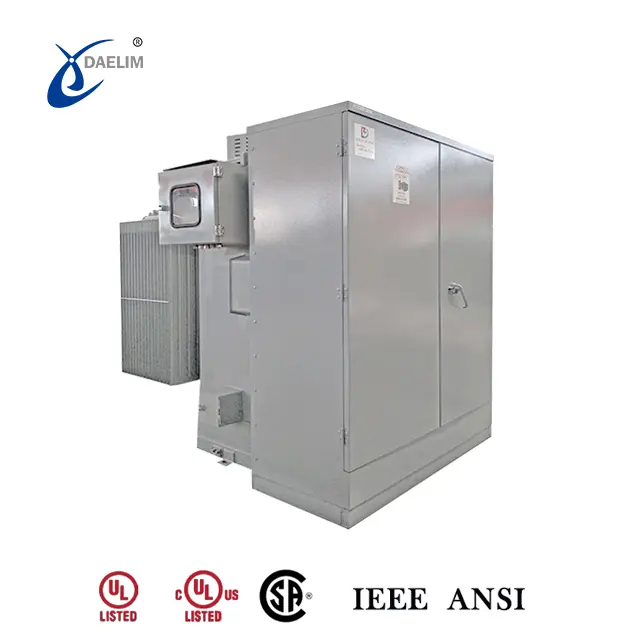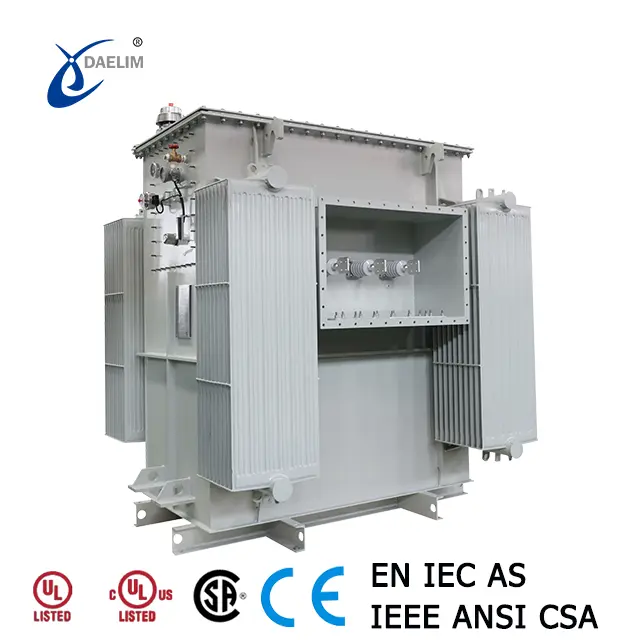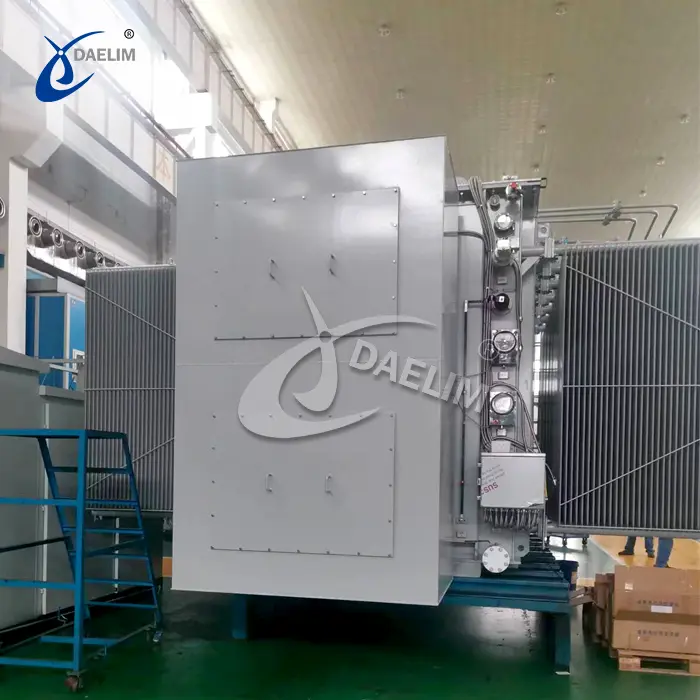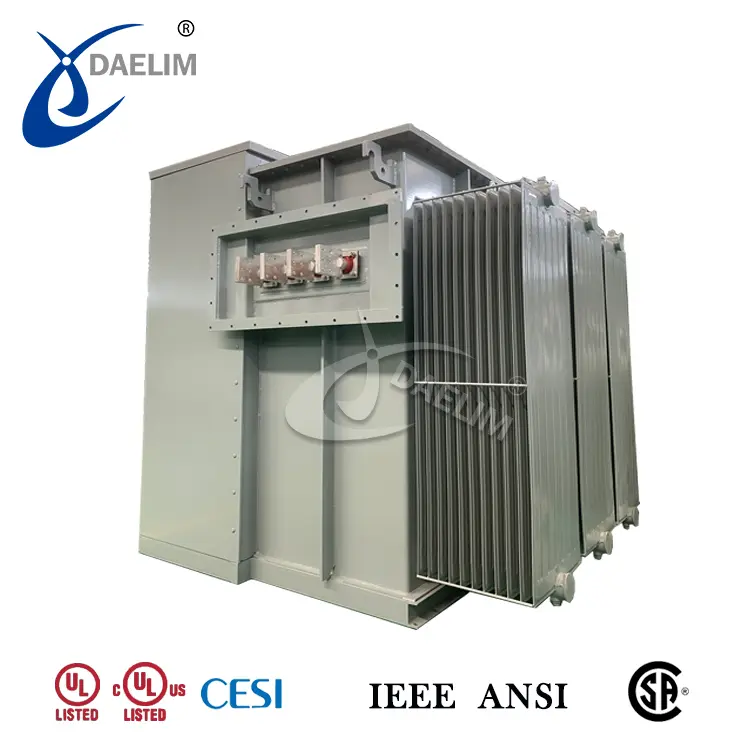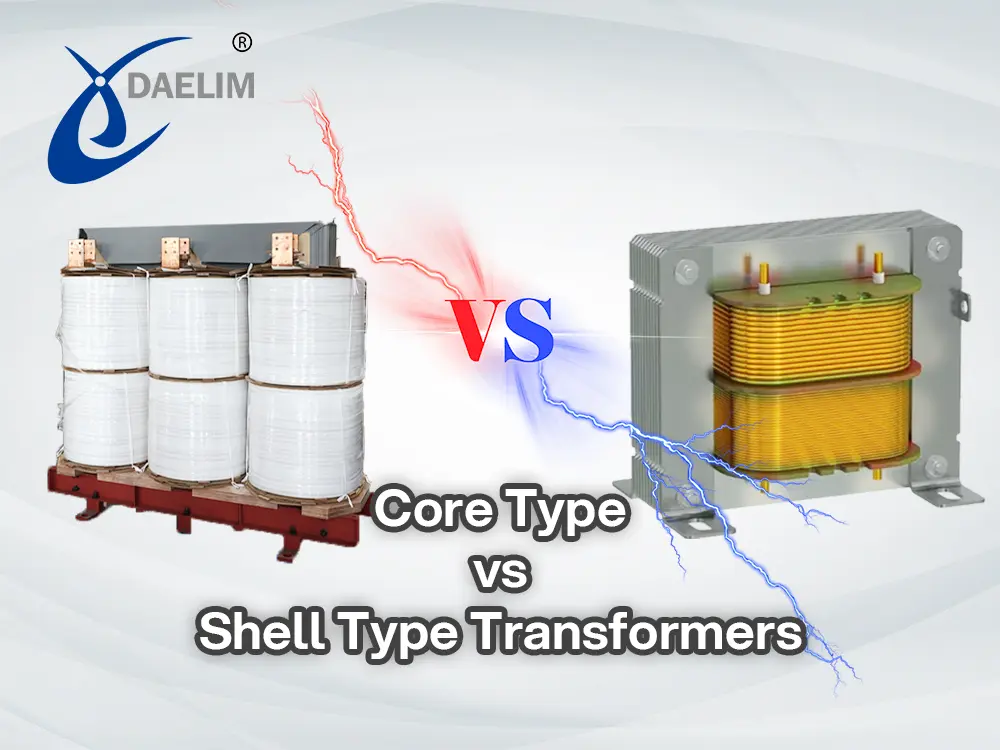Why do PV systems use Double-split step-up transformers?
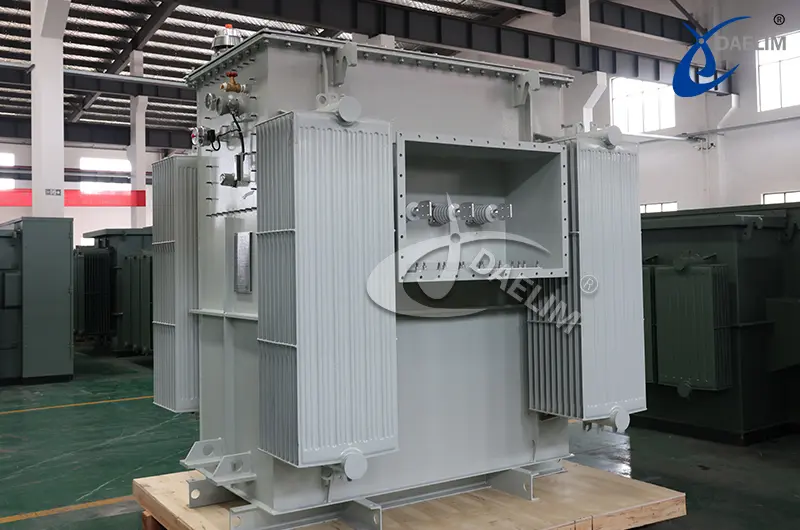
Why are double-split step-up transformers predominantly utilized in photovoltaic systems? Why are double-split step-up transformers also favored in energy storage applications? What sets them apart from double-winding transformers, and what advantages do they offer? Today's article aims to address these questions comprehensively.
The Relationship between Double-Winding and Double-Split Transformers
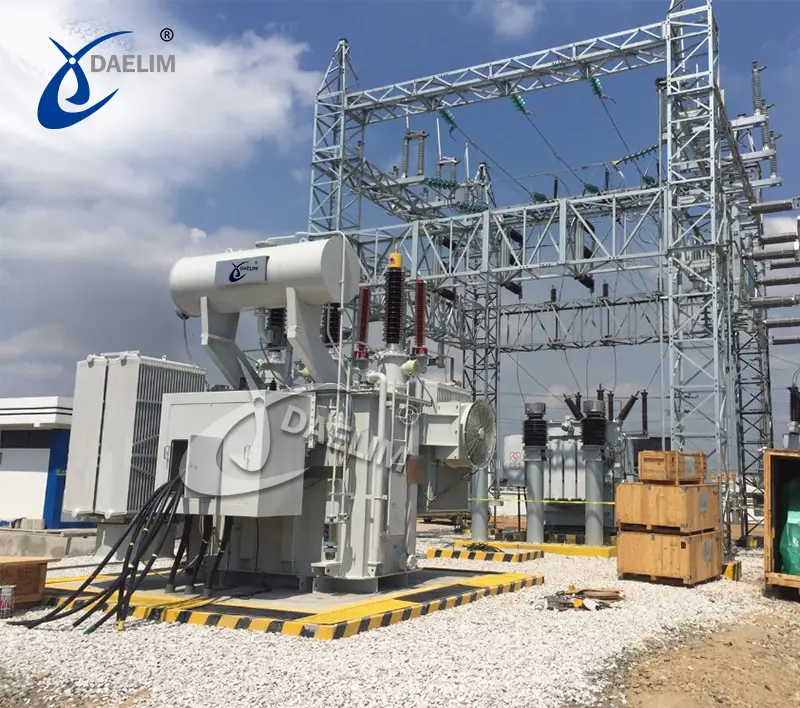 Let's begin by understanding the fundamental concept of winding in transformers. Typically, each winding corresponds to a specific voltage level. For instance, a transformer with a ratio of 115kV/13.8kV encompasses two voltage levels: 115 kV and 13.8 kV. In general projects, transformers are categorized into double-winding and three-winding variants, representing two and three voltage levels, respectively.
Let's begin by understanding the fundamental concept of winding in transformers. Typically, each winding corresponds to a specific voltage level. For instance, a transformer with a ratio of 115kV/13.8kV encompasses two voltage levels: 115 kV and 13.8 kV. In general projects, transformers are categorized into double-winding and three-winding variants, representing two and three voltage levels, respectively.
Now, let's delve into the concept of split transformers. Unlike conventional transformers, split transformers feature a low-voltage winding divided into several branches with equal rated capacity. These branches are electrically independent, with only weak magnetic connections and significant impedance between them. Specifically, a three-phase dual winding double-split transformer comprises two windings—high voltage and low voltage. The low-voltage winding is split into two parts, each electrically independent and connected. The low voltage side of the transformer is a dual voltage design, these split low voltages can operate in parallel or separately. On the other hand, a three-phase three-winding transformer consists of three independent windings—high voltage, medium voltage, and low voltage—each with distinct voltage level differences, such as 138kV/34.5kV/13.8kV.
Why Double-Split Step-Up Transformers Are Prevalent in Photovoltaic Power Generation?
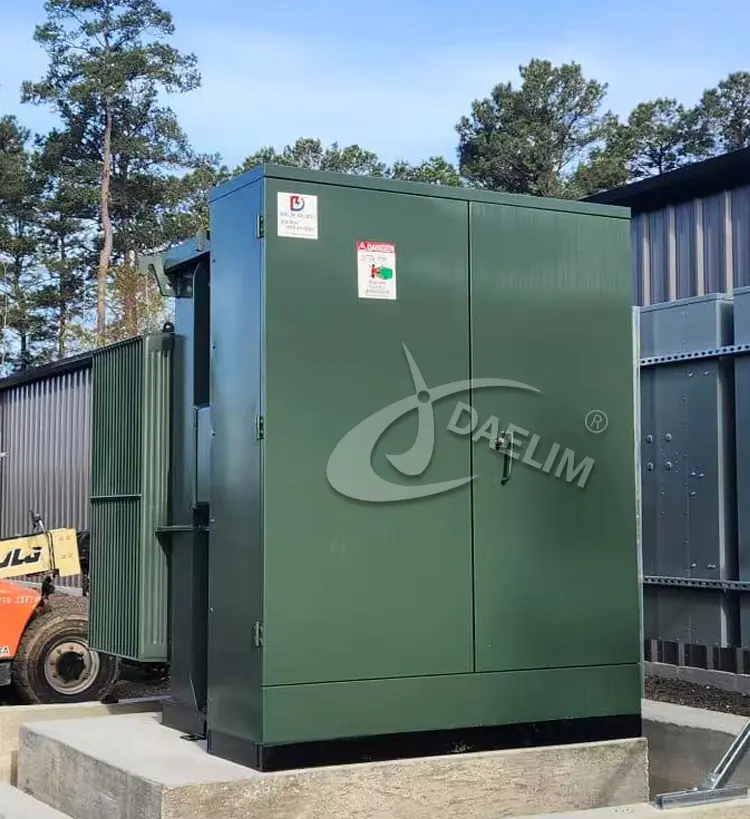 Double-split transformers are commonly utilized in large-scale photovoltaic projects due to their pronounced advantages. Currently, 500kW/1MW serves as the standard power generation unit in large-scale photovoltaic power stations, aligning seamlessly with the mainstream inverter capacity of 500kW. The connection between the inverter and the box-type substation is a crucial step in the photovoltaic power generation system, necessitating a technically sound step-up solution. In this context, the double-split transformer presents an ideal solution.
Double-split transformers are commonly utilized in large-scale photovoltaic projects due to their pronounced advantages. Currently, 500kW/1MW serves as the standard power generation unit in large-scale photovoltaic power stations, aligning seamlessly with the mainstream inverter capacity of 500kW. The connection between the inverter and the box-type substation is a crucial step in the photovoltaic power generation system, necessitating a technically sound step-up solution. In this context, the double-split transformer presents an ideal solution.
More about Solar Photovoltaic System Solutions
The wiring between the power generation unit and the step-up transformer primarily involves the connection between the inverter and the step-up transformer. Generally, three wiring solutions are prevalent:
- Solution 1: One 1MW power generation unit and one unit 1000 kVA double-winding step-up transformer form a power generation system—double-winding transformer unit connection.
- Scheme 2: Two 1MW power generation units and one unit 2000 kVA double-winding step-up transformer form a power generation system—double-winding transformer expansion unit connection.
- Scheme 3: Two 1MW power generation units and one unit 2000kVA double-split step-up transformer form a power generation system—double-split transformer expansion unit connection.
Comparing the advantages and disadvantages of these schemes reveals the superiority of double-split transformers, especially in large-scale centralized photovoltaic power stations. While they may entail higher costs compared to dual-winding transformers, their structural advantages are paramount. Double-split transformers achieve electrical isolation between two inverters, effectively reducing electromagnetic interference and circulating current between branches. Additionally, they filter the AC output of the two inverters separately, resulting in reduced output current harmonics and improved output power quality. In the event of a short circuit, double-split transformers effectively limit short-circuit currents and maintain stable voltages across branches, ensuring uninterrupted operation for end-users.When a battery pack on one side of the transformer fails, it does not affect the normal power supply of the battery pack on the other side.
In Summary
The comparison between double-split step-up transformers and ordinary step-up transformers underscores the preference for double-split transformers in large-scale photovoltaic power generation and energy storage projects.
Double-split Transformer Manufacturer
Daelim Transformer stands as a comprehensive transformer company, offering manufacturing, repair, maintenance, installation, and commissioning services. With extensive experience in photovoltaic power generation and energy storage projects across North America, Europe, Australia, and other regions, Daelim Transformer is well-versed in serving diverse needs. Whether it's Power Transformers, Substation Transformers, Pad Mounted Transformers, or Eco-friendly transformers meeting EU standard energy efficiency Tier 2, Daelim Transformer is equipped to provide optimal solutions tailored to your project's requirements.
Contact us now to explore the most suitable solar or energy storage project solutions for you.
Related Products
Related Article
Guide to EV(electric vehicle) Charging Station Transformers
As vital components supplying power to charging stations, transformers play a crucial role in facilitating the swift, efficient, and safe replenishment of electric vehicles. Today's article primarily discusses the types of transformers utilized in charging stations, their design features, how to choose a transformer supplier, and other pertinent issues.
Pad Mounted Transformer for BESS System 4.0 MVA in Riverside County, California
Today, Daelim Transformer is proud to introduce a pad-mounted transformer for a 4.0 MVA Battery Energy Storage System (BESS) project located in Riverside County, California. The transformer is meticulously crafted to comply with the specifications outlined in the California Electrical Code Article 450.
Core Type vs Shell Type Transformers
Core-type and shell-type transformers differ in structure, magnetic path, conductor material, and cooling efficiency. Core-type transformers offer better insulation, easier maintenance, and cost-effectiveness for high-power applications. Shell-type transformers, with a shorter magnetic path and compact design, provide higher efficiency and superior heat management. While core-type transformers excel in industrial use, shell-type transformers are ideal for space-saving and energy-efficient solutions. Choosing the right transformer depends on application needs, cost considerations, and performance efficiency.

